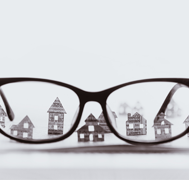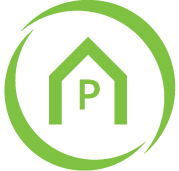 Reverse mortgage demand in Canada was growing before COVID-19, and it has continued to increase as the pandemic continues.
Reverse mortgage demand in Canada was growing before COVID-19, and it has continued to increase as the pandemic continues.
Prior to COVID-19, Better Dwelling reported that reverse mortgage debt reached $4 billion in December — an all-time high. By January 2020, it reached $4.03 billion, an increase of 0.43% month-over-month and 14.47% year-over-year.
However, while reverse mortgage debt was growing quickly, Better Dwelling also noted that the growth was slower than the previous year.
As the COVID-19 pandemic continues, reverse mortgages have again been making headlines in Canadian mortgage news.
Paul von Martels, Vice President of Prime and Reverse Mortgage Lending at Equitable Bank, told Mortgage Broker News in May 2020 that a growing number of Canadians are now considering reverse mortgages as an alternative solution.
“Given the complexities and challenges presented by our current situation, it’s reasonable to expect a short-term shift in how Canadians access their property wealth,” von Martels said.
HomeEquity Bank also pointed to increased reverse mortgage demand.
“This demographic needs cash flow to live on,” Sue Pimento, VP of Referred Sales at HomeEquity bank, told Mortgage Broker News.
“CPP and OAS was never enough, and with a reduction of their nest eggs it makes the problem worse. They are scared and have few choices or options. Then they watch their family members lose jobs or try to get by on reduced incomes and they, quite naturally, want to help. They need cash flow more than ever.”
Pimento said that necessity has motivated many people to consider reverse mortgages and HomeEquity Bank has seen a “drastic increase” in business enquiries.
Tapping Into the Reverse Mortgage Market
Reverse mortgages are available to homeowners who are at least 55 years of age. It is a loan that allows eligible candidates to get money from their home equity without selling their home.
The challenge for brokers and lenders looking to finance reverse mortgages is investigating properties of interest where there is little or no mortgage. An existing mortgage must be paid off to receive a reverse mortgage. However, the money from the reverse mortgage can be used to pay any mortgage, debt, or lien against the house.
To verify a reverse mortgage deal, brokers and lenders must:
- Verify all legal owners on title — if a couple are both listed on title, they must both be over the age of 55 to qualify for a reverse mortgage in Canada.
- Review any encumbrances or registrations on title. Even if these can be paid off with money from the reverse mortgage, you need to assess how much is owing on the title.
- Estimate the available equity.
- Perform a virtual appraisal.
To confirm these details — particularly during the COVID-19 pandemic — mortgage professionals can turn to technology. For instance, Purview shows registered mortgages and other encumbrances and can confirm critical details, such as the legal parties on title.
Learn more about verifying reverse mortgage deals through Purview by calling 1-855-787-8439 or visiting www.purview.ca.
Have you been seeing an increased demand for reverse mortgages since COVID-19 began? Share with us on social media. Purview is on Facebook, Twitter, and LinkedIn.





